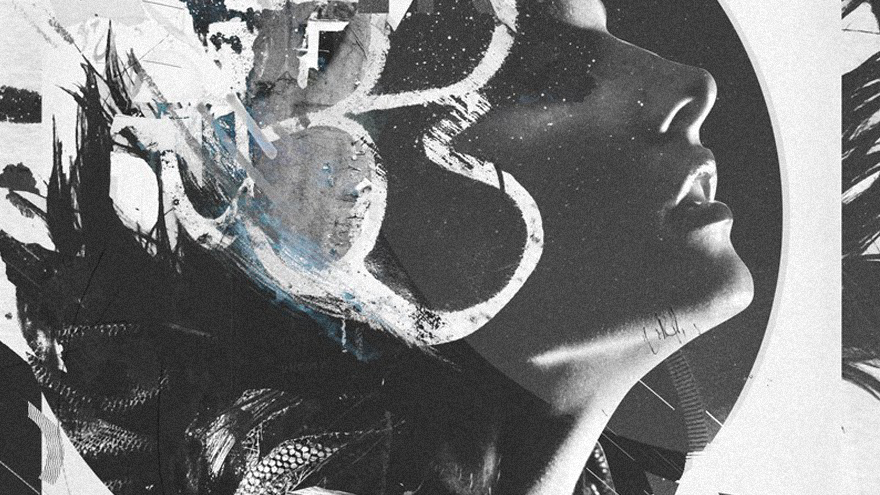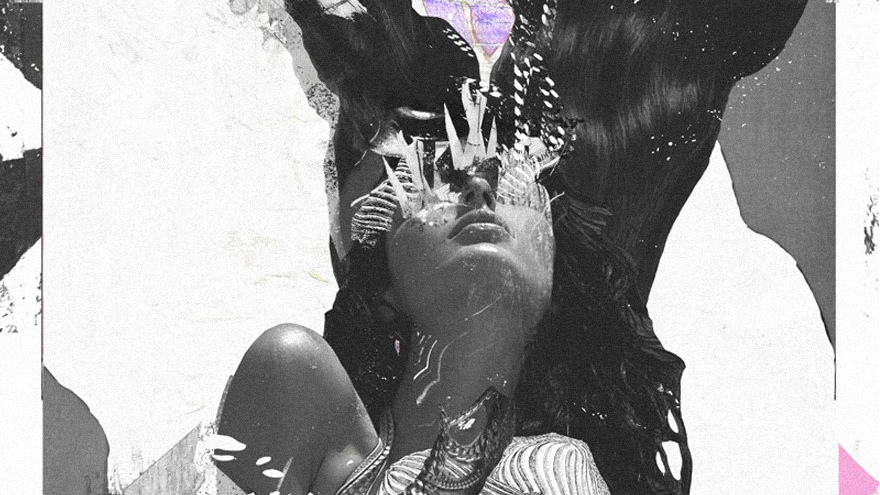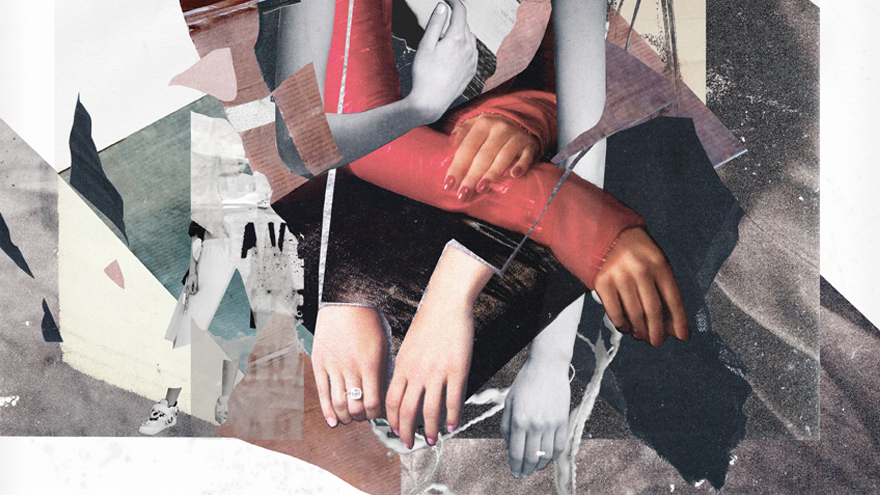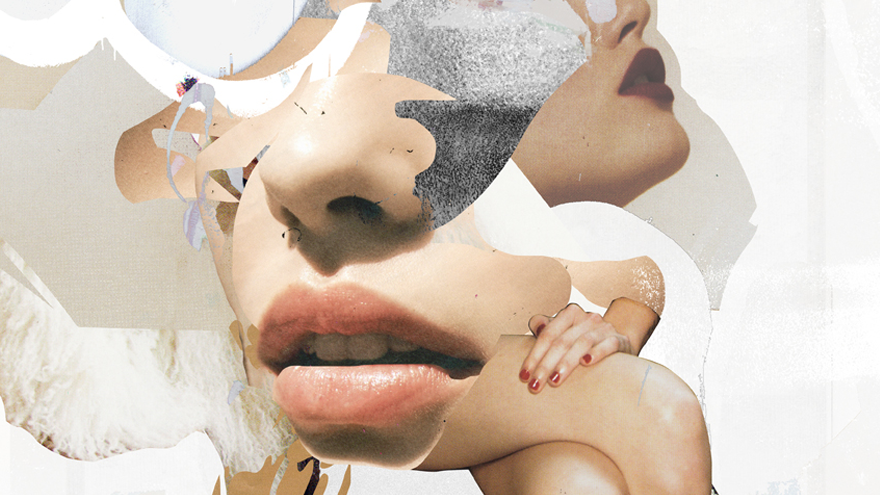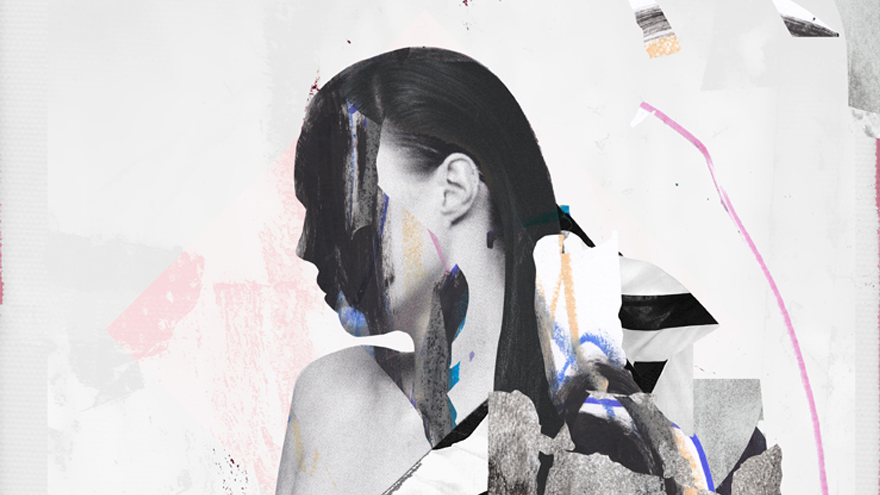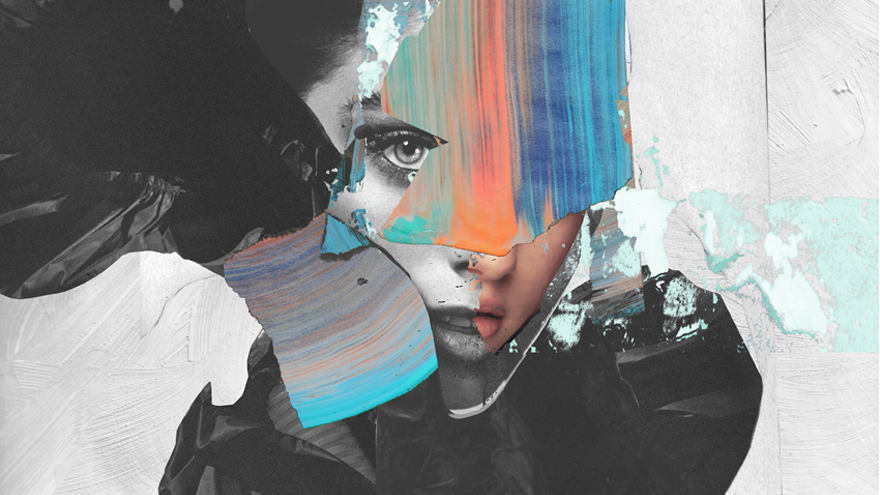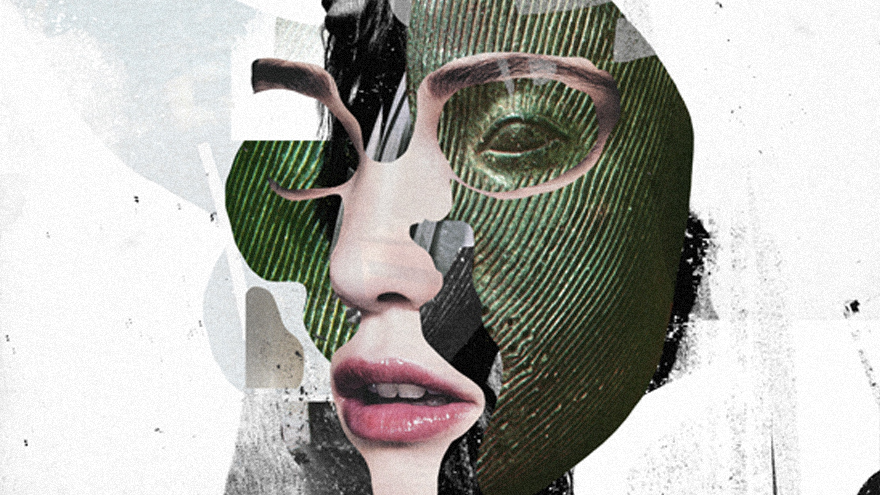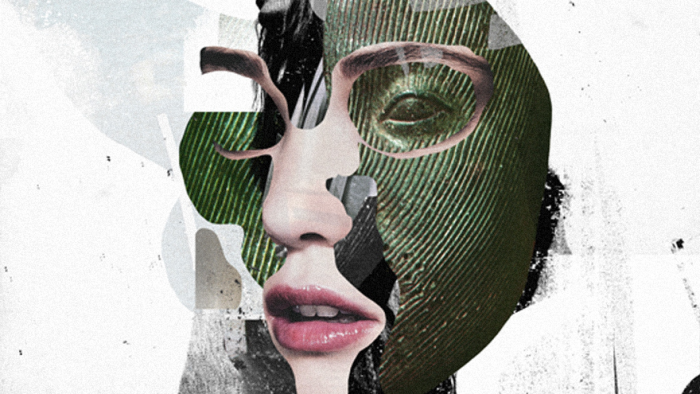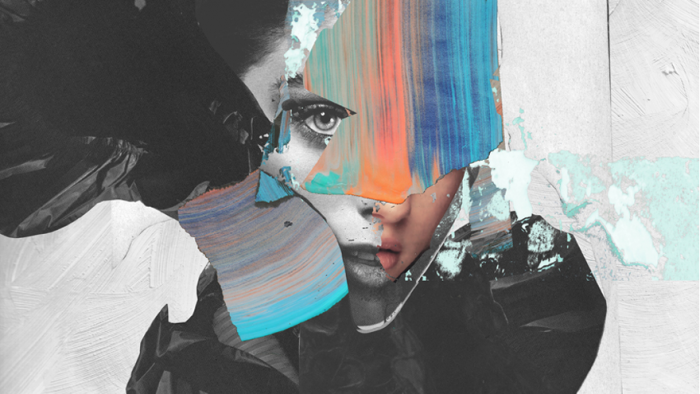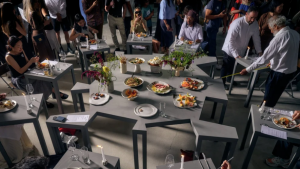Raphaël Vicenzi is a visual artist based in Brussels, Belgium. To translate his interests in fashion photography, street art, the female form and black metal into a single conduit, he creates pastiche artworks that adopt an identity entirely detached from its sources.
We asked Vicenzi about this evolution and how his assemblage method invites open-ended interpretation instead of narrating meaning. Does this kind of restraint add or detract from the final result?
“I am all for personal interpretations because it is more enriching for the person who's looking at my works. In a way, I don't even know myself or what kind of meaning I really want to express until I realise that I was communicating something true without even knowing about it at first,” he said.
Vicenzi emphasizes that working with or without a compass can yield a worthwhile creative payoff, but a true artist is laid bare in the most minute of details either way.
“Sometimes I just want it to look organic in aesthetic terms. Other times I become totally obsessed with an idea and I struggle to transmit it in visual form. In my opinion, even if you try to avoid any meaning in your works, it always show somehow – even a stroke is representative of your state of mind or who you are at that moment in time. I would be lying if I said I was in total control of what I create.”
It is Vicenzi’s creative bloom in relation to the advent of the internet as we know it today, as well as the development of Photoshop, that informs his creative eye. As a self-taught illustrator, he decided to switch gears into digital art some years ago to take advantage of the vast new array of tools that became available.
“I hail from the generation where the internet was just beginning, nothing like what it is today. It totally changed my life when I realised that I could make art with Photoshop. Once I started to really understand what my possibilities were, even with no formal training, I practiced and absorbed every skill that I could. Now, I choose to work digitally for the control it gives me in creating an image. At the same time I try to keep the technical side to a minimal as to keep my collage process spontaneous and raw.”

